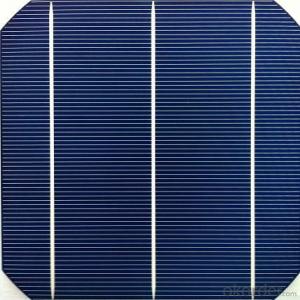Specifications
*Excellent quality
*Competitive price
*Fast sample delivery
*Flexible thin film solar pane 60watt price list with water proof junction box
*Model SGM-F2*30W-18
*Cells size (mm): 156X156
*Cells per module: 4X9
*Module size (mm): 345*645*30
*Power tolerance: +/-3%
*Nominal peak power(WP): 2*30W
*Nominal voltage(V): 18
*Nominal current (A):3.33
*NOCT: 45+/-2°C
*Voltage temperature coefficient: -0.33%/°C
*Current temperature coefficient: 0.05%/°C
*Power temperature coefficient: -0.23%/°C
*Open circuit voltage (Voc): 21.6
*Short cirsuit current(Isc): 3.59
*Conversion efficiency: 17.3%
*Operating temperature: -40 to+85°C
*Max system voltage: 600V DC
*For flodable solar panel we produced:
*Power:40-140W
*Parts:bags,supporting leg,solar charge controller etc.
EFFICIENCY
•Low voltage-temperature coefficient allows higher power output at high-temperature condition
•High efficient, high reliable solar cells ensure our product output stability
MATERIALS
•Advanced EVA encapsulation system with triple-layer back sheet meets the most stringent safety requirements for high-voltage operation
•The sturdy, anodized aluminum frame allows the modules to be mounted on a variety of standard racking systems and to withstand harshest conditions
•Ultra reliable bypass diodes prevent damage through overheating due to shaded or defective cells
•Innovative, environmentally friendly packing method using pile-edges ensures modules arrive in perfect condition
•New frame design incorporating hexagonal shaped drainage holes, with more grounding holes, provide flexible installation and use
BENEFITS
•Manufactured in an ISO 9001:2008 certified plant
•High efficiency, high safety, high reliability
•Output power tolerance of +/-3%
•25-year limited warranty on power output, 5-year limited warranty on materials and workmanship
Packaging & Delivery
Packaging Details:carton and plywood pallet.
Delivery Detail:



















